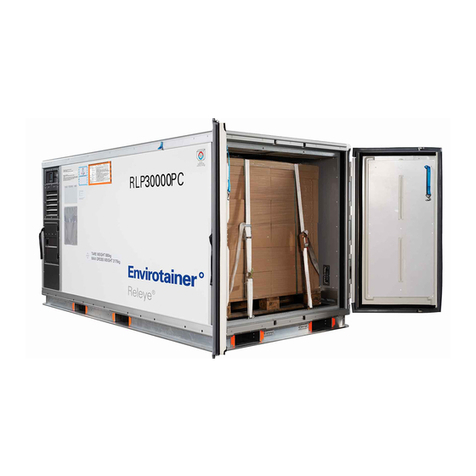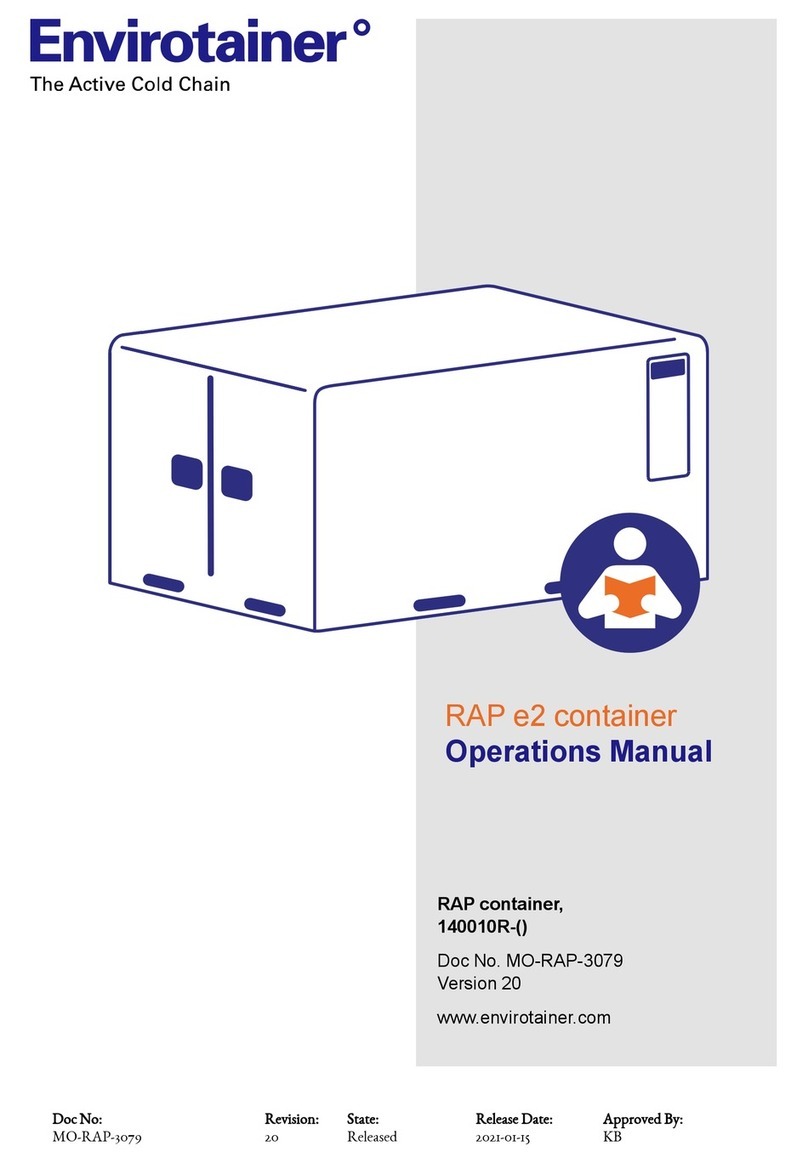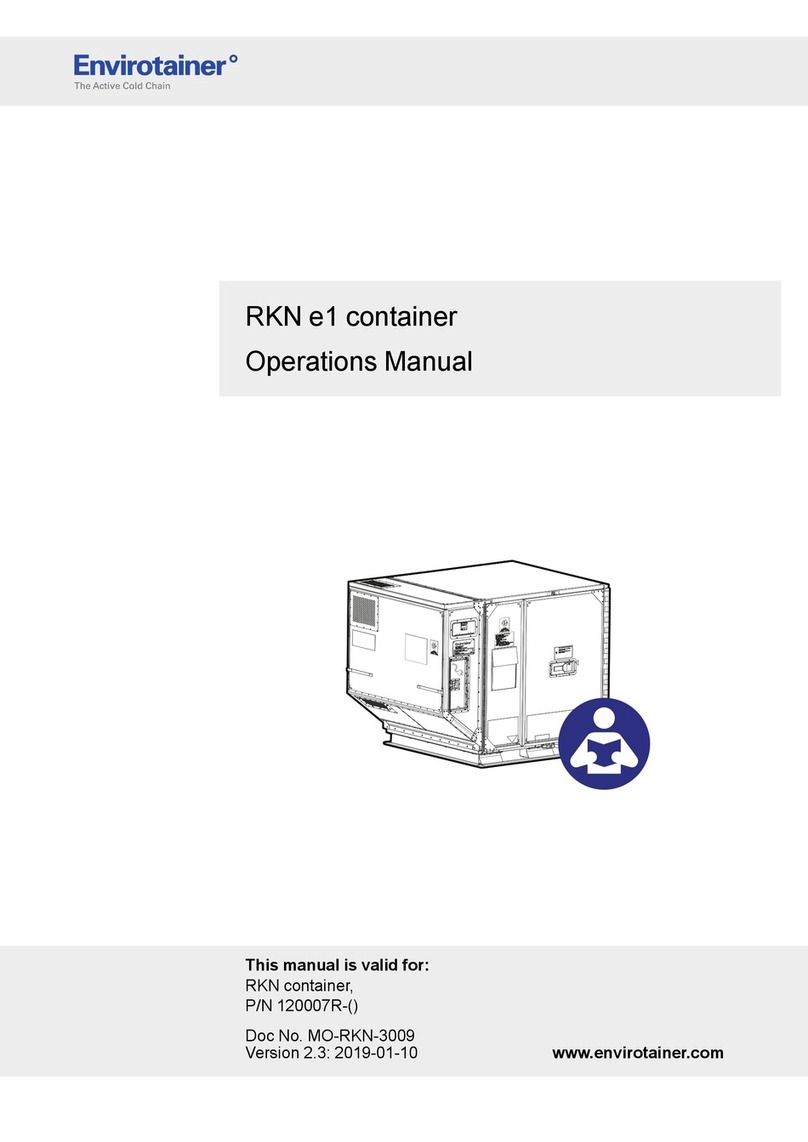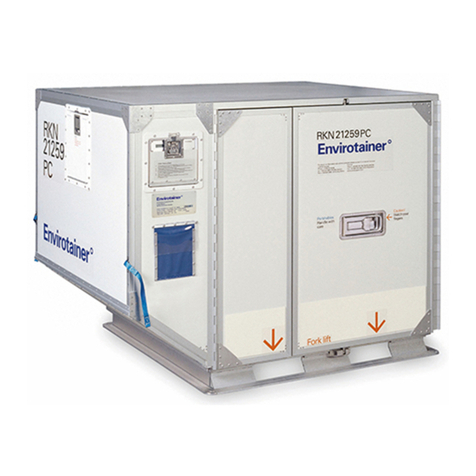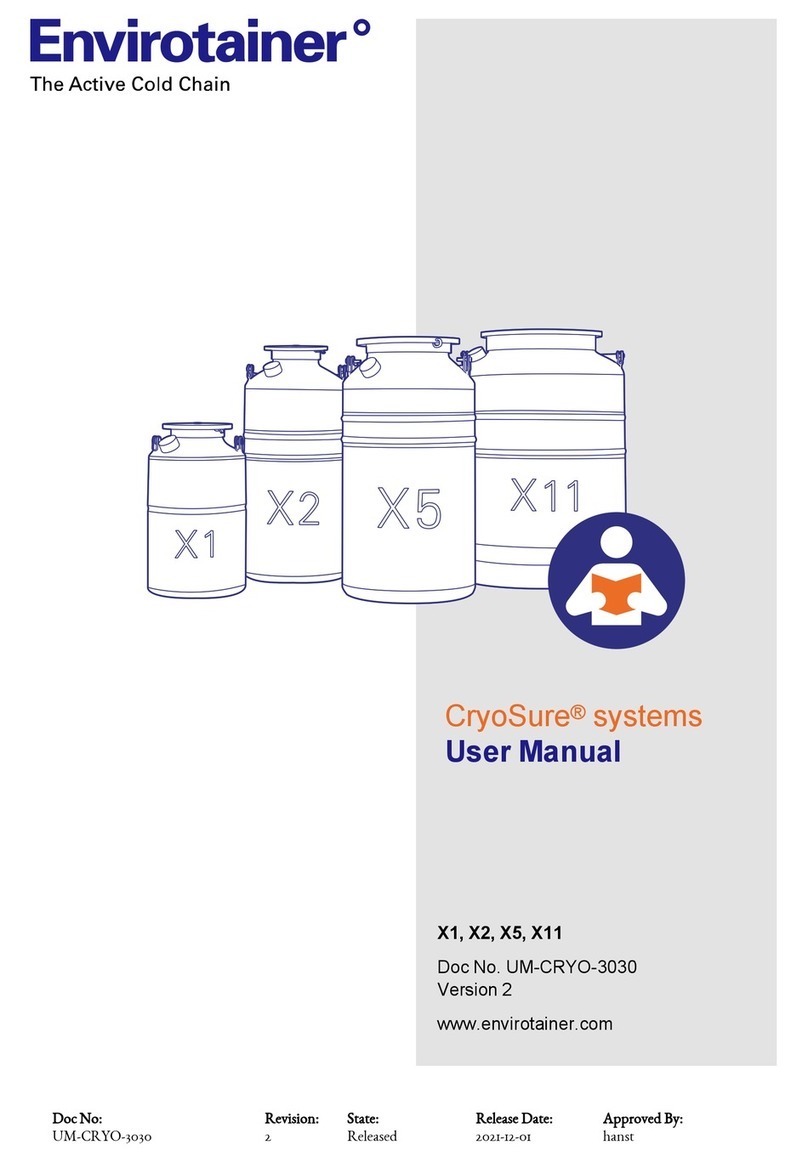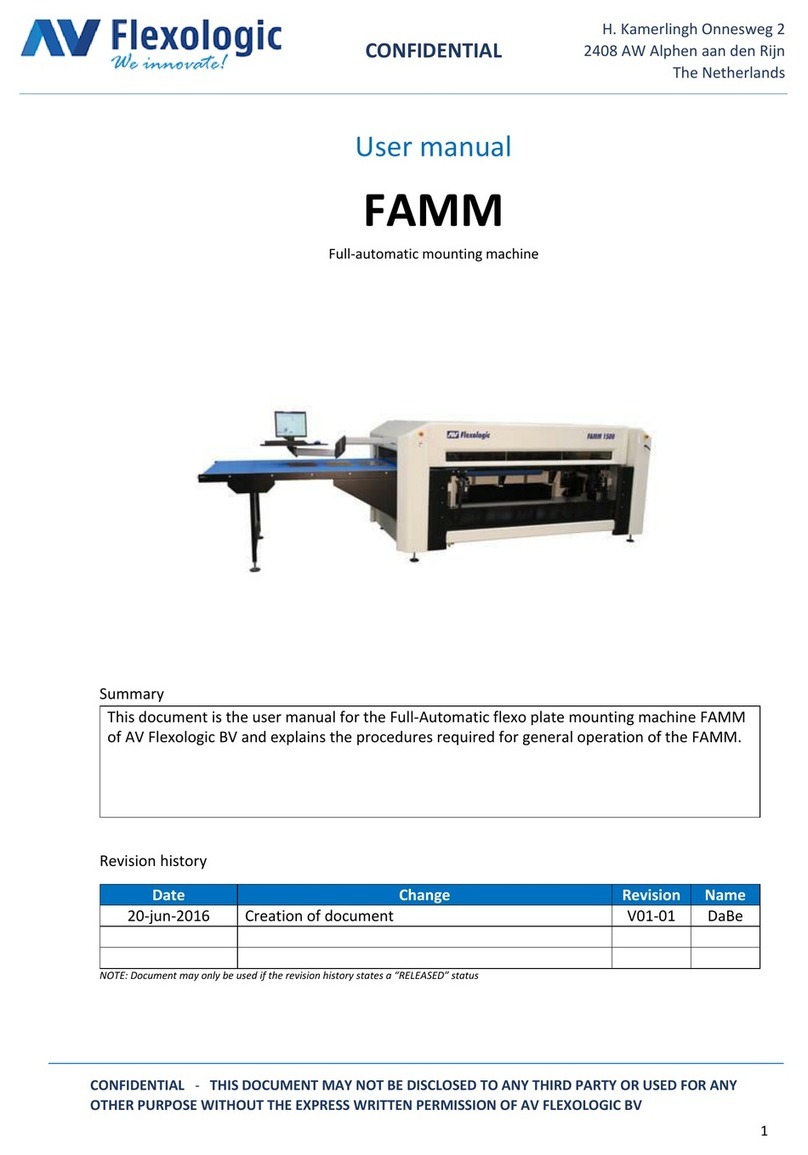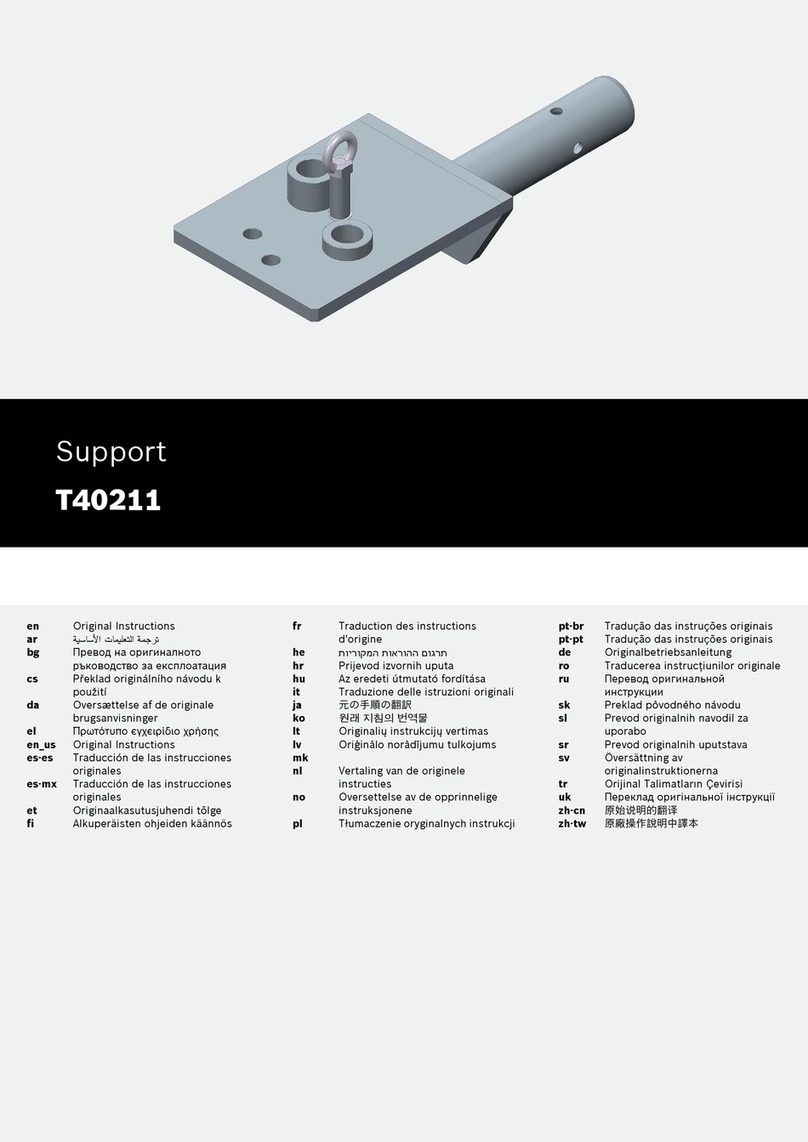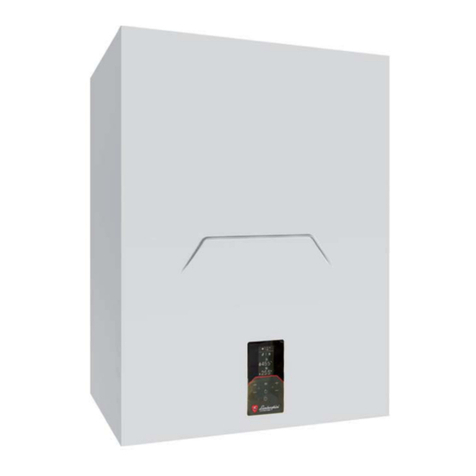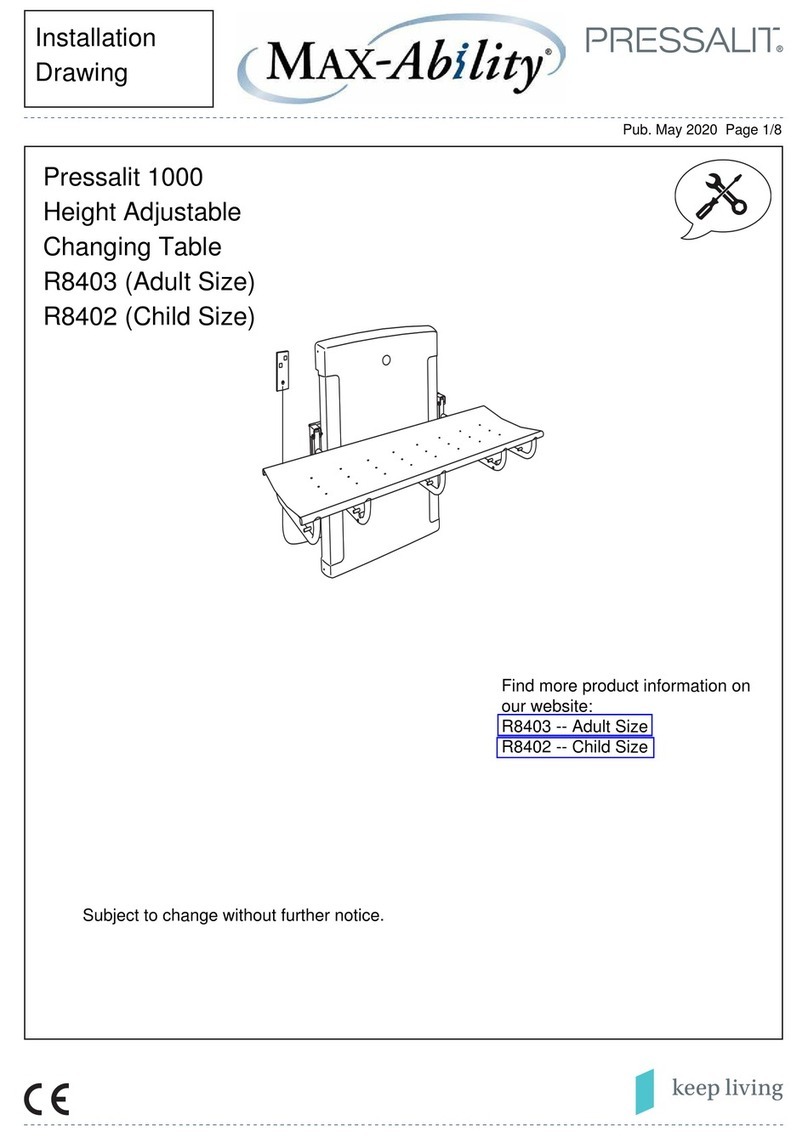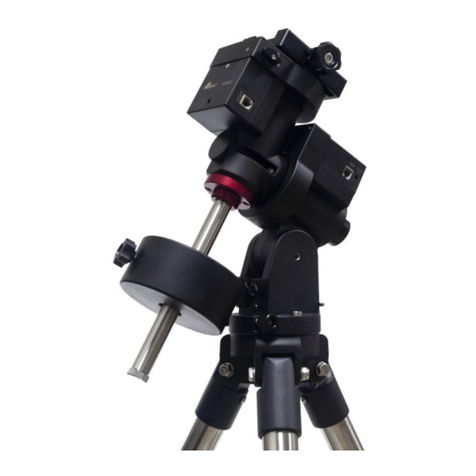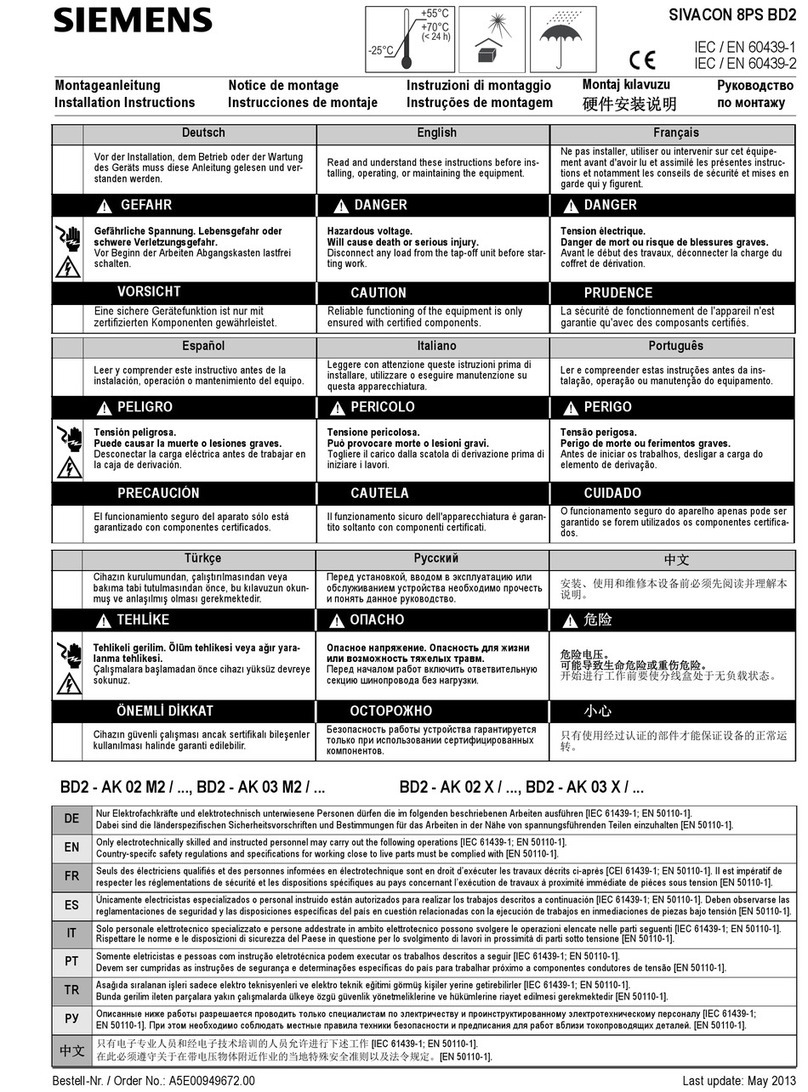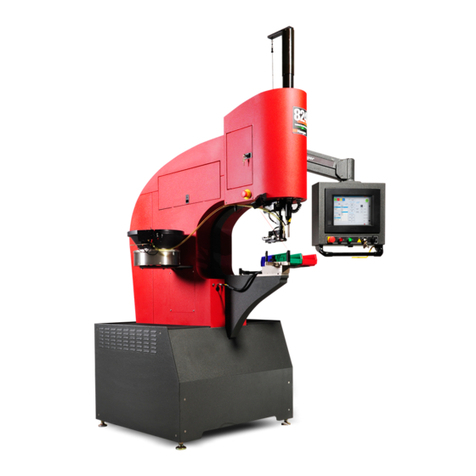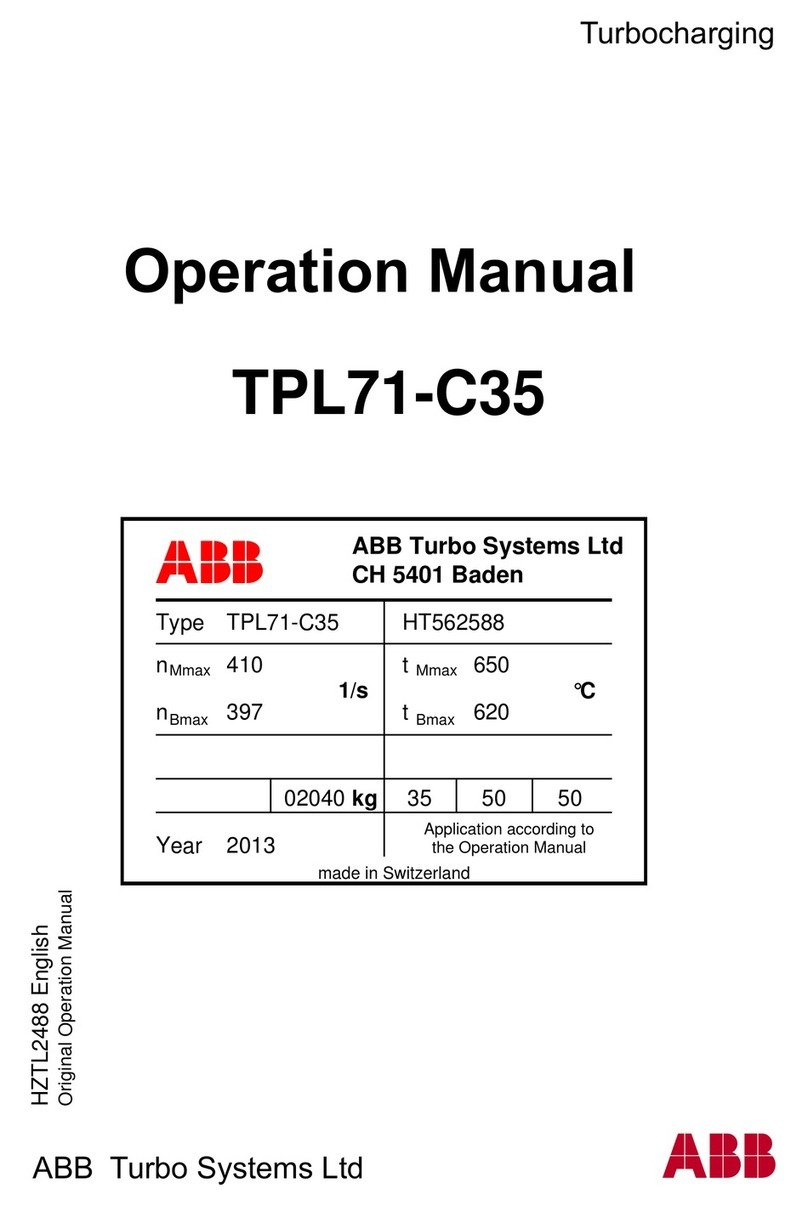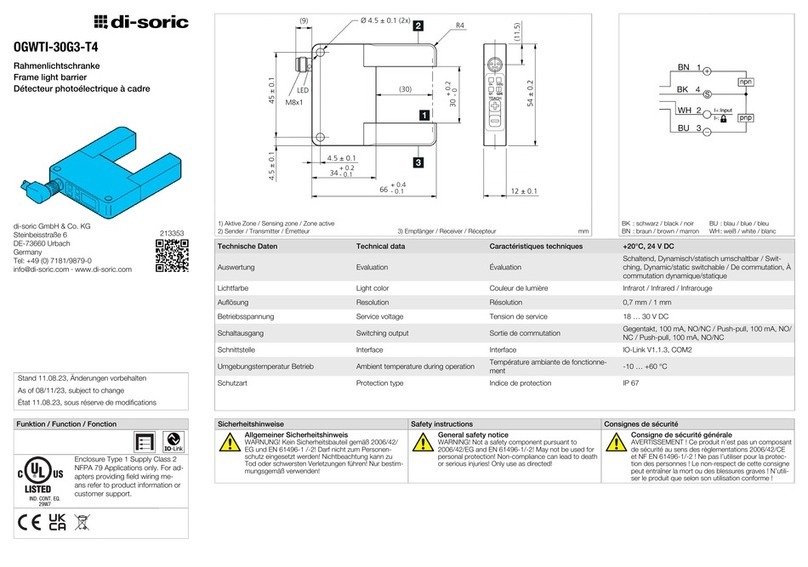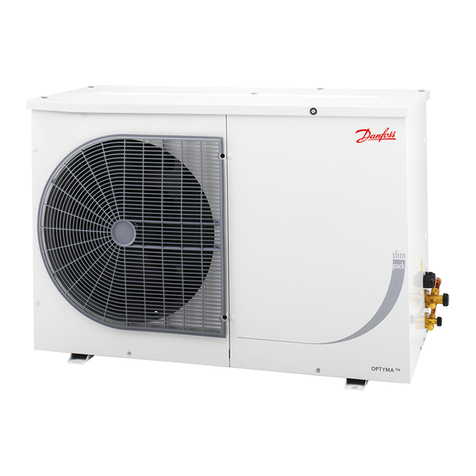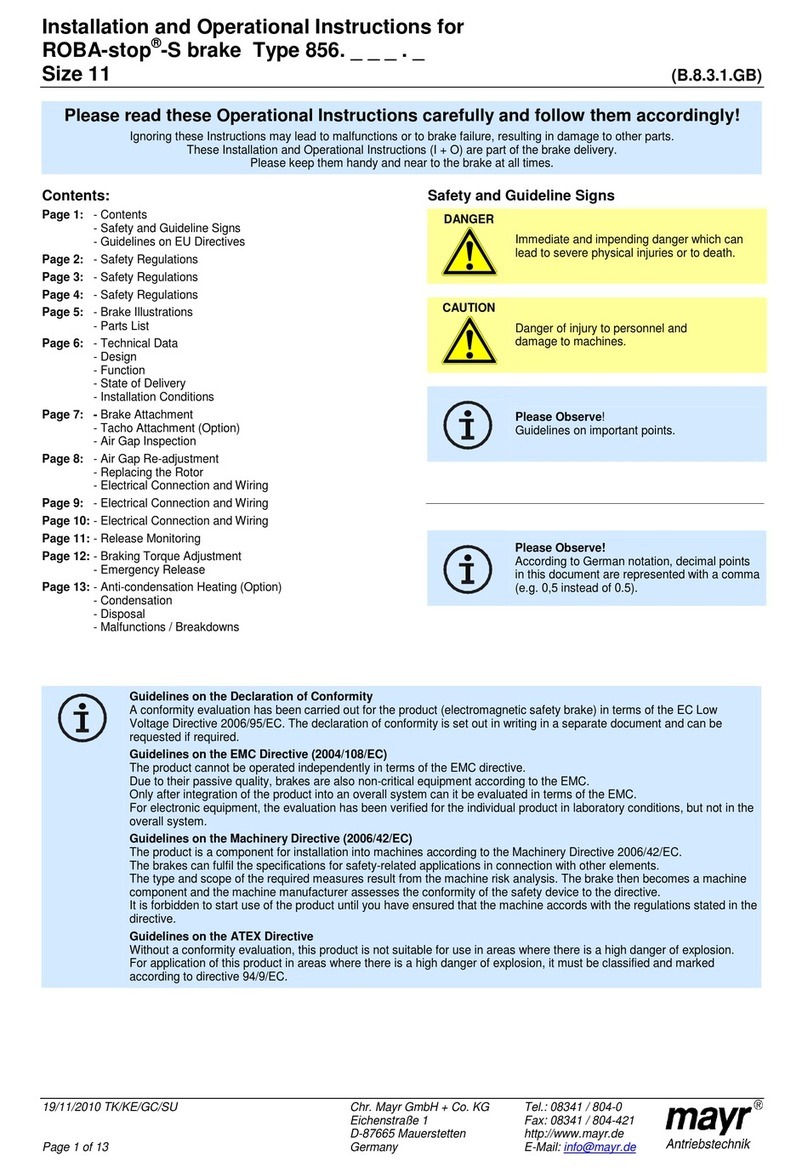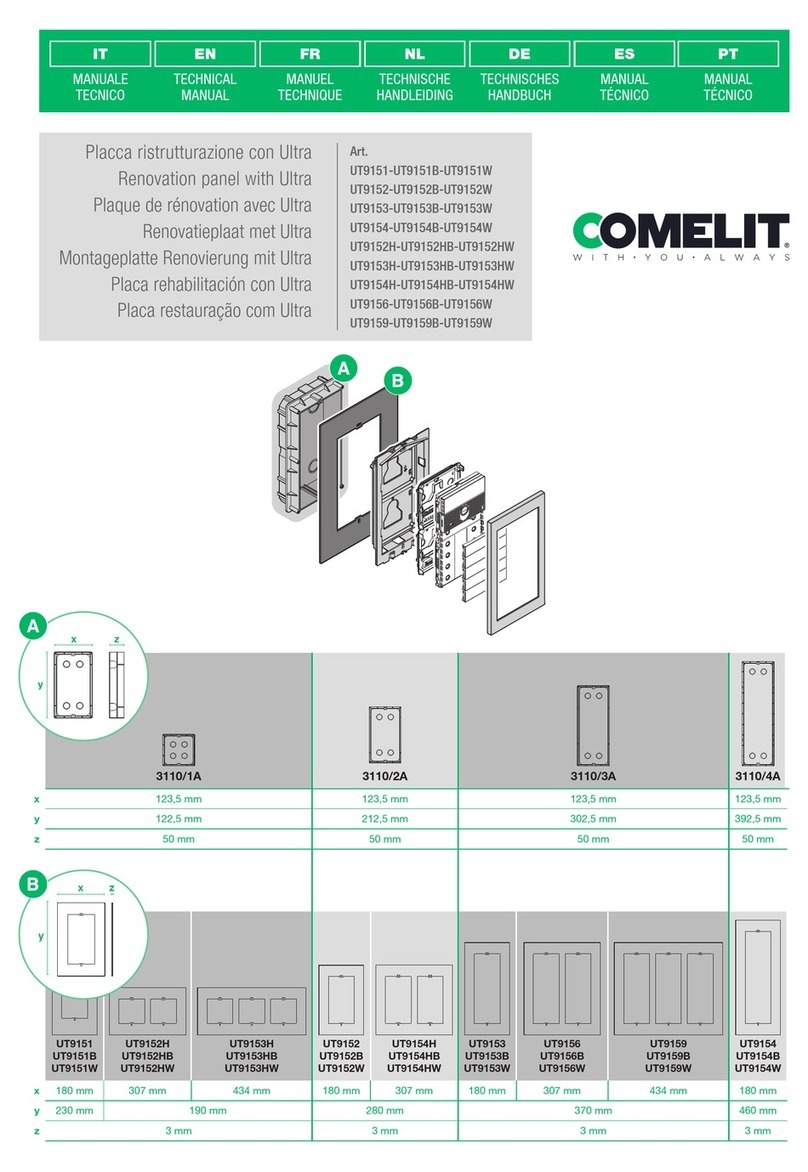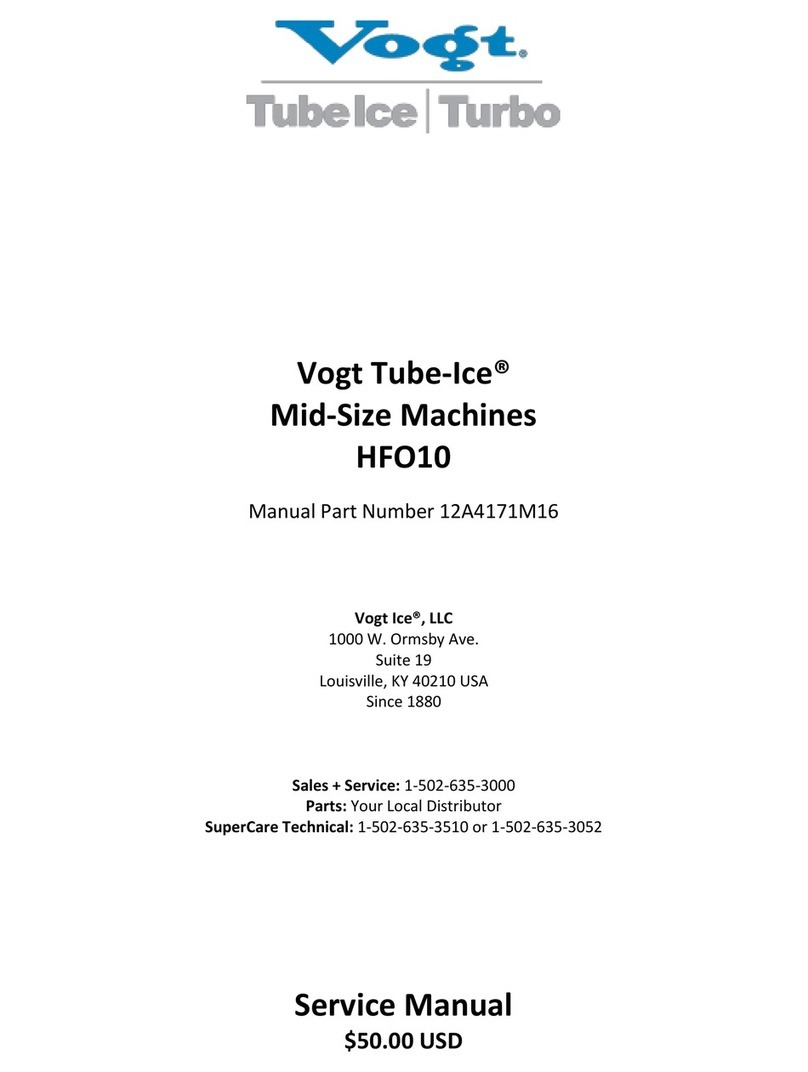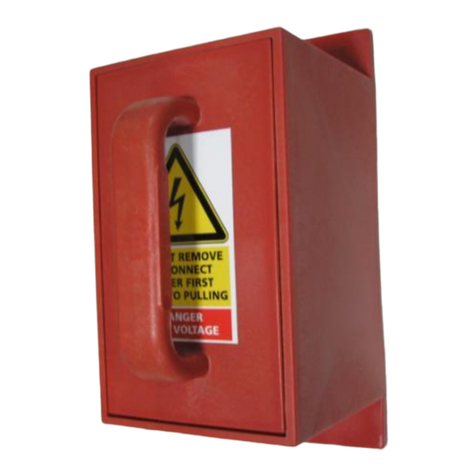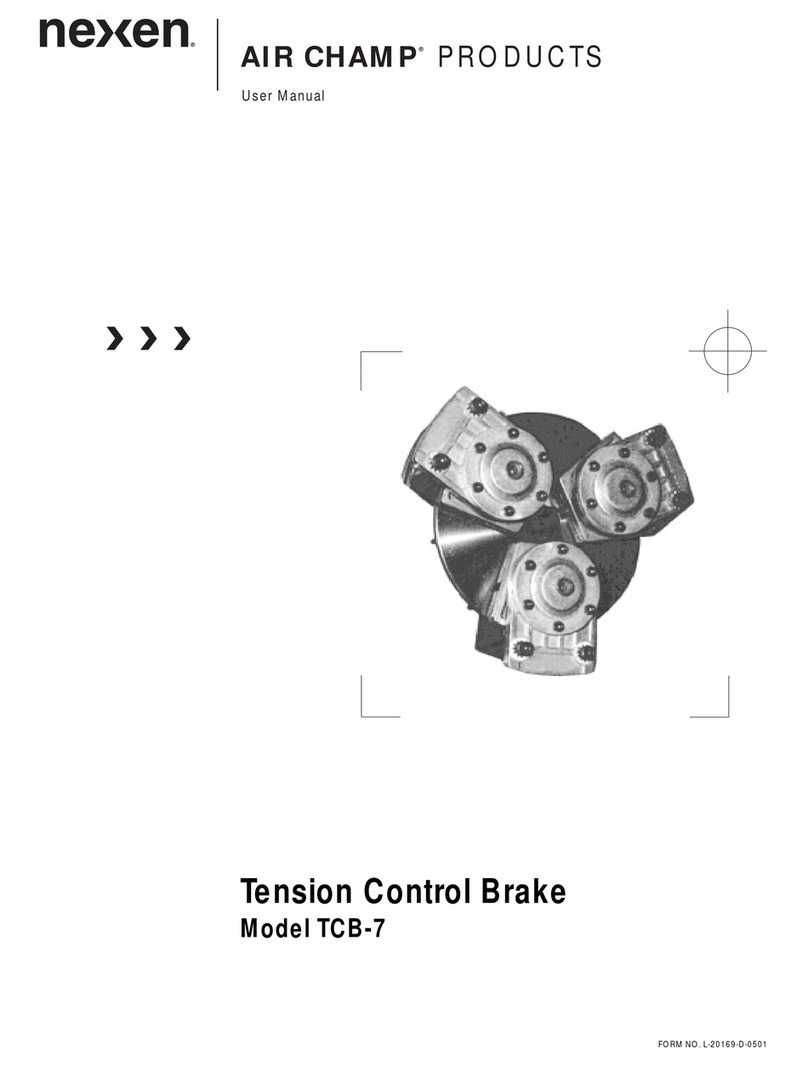
Operations Manual TABLE OF CONTENTS
RKN e1 container
8. OPERATION MODES, INFOS, ALERTS AND ALARMS ................................................... 28
8.1 Operation modes....................................................................................................................28
8.1.1 Cooling Powerstep X.................................................................................................28
8.1.2 Heating Powerstep X.................................................................................................28
8.1.3 Defrosting Powerstep 2 .............................................................................................28
8.2 Infos......................................................................................................................................29
8.2.1 “Info, Preconditioning” ...............................................................................................29
8.2.2 "Info, Charging initiated, Diagnostics ongoing".............................................................29
8.3 Alerts.....................................................................................................................................31
8.3.1 "Alert, Batteries At 30%, Recommend charging" ..........................................................31
8.3.2 "Alert, Container stopped, Charging required" .............................................................31
8.3.3 "Alert, System too warm, Charging prolonged" ............................................................32
8.3.4 "Alert, Inside Temp Out Of Spec;Check container" .......................................................33
8.3.5 "Alert, Ambient Temp Out Of Spec;Check container"....................................................33
8.4 Alarms...................................................................................................................................34
9. TECHNICAL SPECIFICATION................................................................................................ 35
9.1 Definition of dimensions ..........................................................................................................36
10. TROUBLESHOOTING.............................................................................................................. 37
10.1 No display..............................................................................................................................37
10.2 Batteries do not charge ...........................................................................................................38
10.3 Alert ......................................................................................................................................39
10.3.1 “Temperature Too Warm” ...........................................................................................39
10.3.2 “Temperature Too Cold” .............................................................................................40
10.3.3 “Ambient Temp Out Of Spec;Check Container”............................................................41
(Proceed on next page!)





















